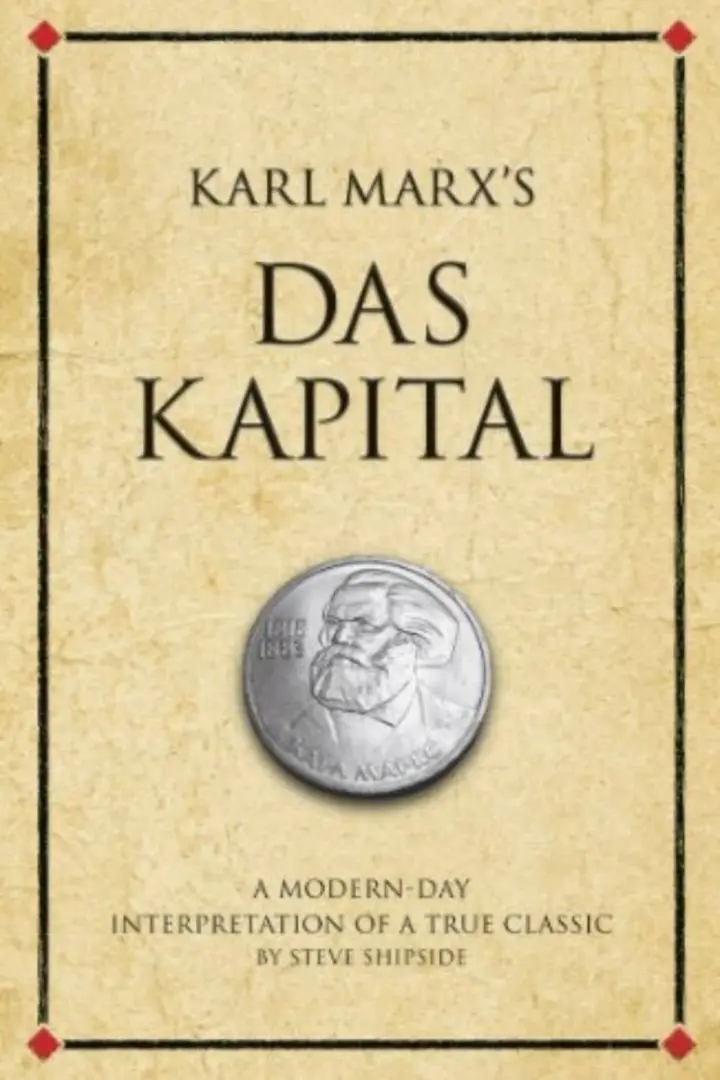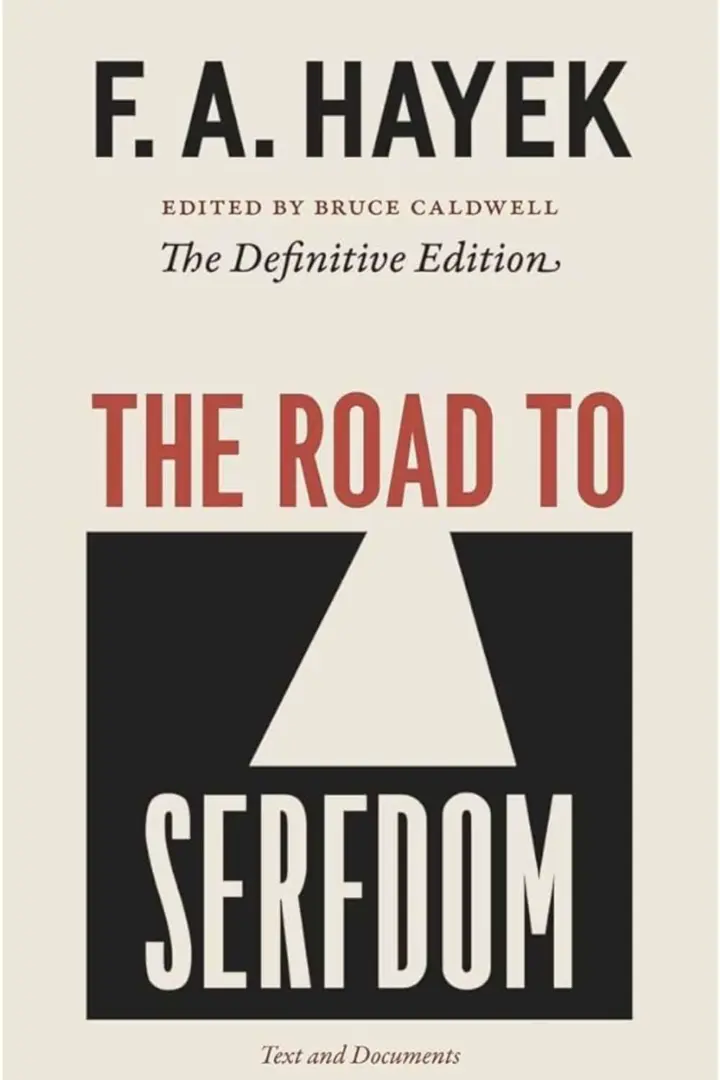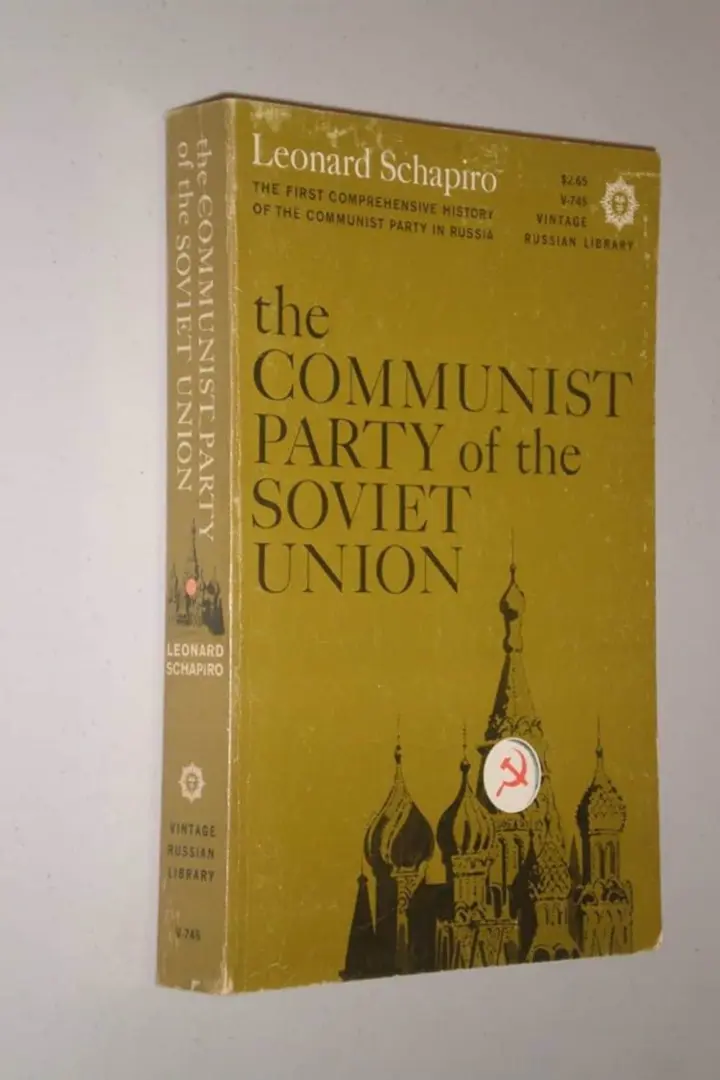Communism is a big idea that changed the world. So, we have listed ’10 Books to Understand Communism.’ These books help explain what communism is, where it came from, and how it affected countries. They include writings by famous thinkers and stories about real-life experiences. Whether you’re a beginner or an expert, these books will help you learn more about communism and its impact on our world.
10 Books to Understand Communism
The Communist Manifesto (Karl Marx and Friedrich Engels)

A seminal groundbreaking work co-authored by Karl Marx and Friedrich Engels “The Communist Manifesto,” published in 1848, laid the foundation for communist ideology. Written by Karl Marx and Friedrich Engels, it outlines the principles of communism, emphasizing class struggle, the abolition of private property, and the call for workers to unite. This concise and powerful manifesto has been influential in shaping political thought and inspiring revolutionary movements worldwide.
Das Kapital (Karl Marx)

Within the pages of this seminal book “Das Kapital,” written by Karl Marx and published in the late 19th century, is a comprehensive analysis of capitalism’s economic and social dynamics. It delves deep into the workings of capitalism, critiquing exploitation, surplus value, and the alienation of labor. Marx’s magnum opus has had a profound impact on economic theory and continues to be studied by scholars and activists seeking to understand and critique the capitalist system.
The Road to Serfdom (Friedrich Hayek)

Friedrich Hayek’s “The Road to Serfdom,” published in 1944, warns against the dangers of central planning and totalitarianism. Hayek argues that excessive government intervention in the economy can lead to a loss of individual liberty and ultimately result in a totalitarian state. The book played a significant role in shaping the discourse on economic and political freedom during the 20th century and remains a foundational text for proponents of free-market capitalism.
The Gulag Archipelago (Aleksandr Solzhenitsyn)

In a powerful narrative of life under the shadow of the Soviet regime the book ”The Gulag Archipelago” published in the 1970s, provides a harrowing firsthand account of life in Soviet labor camps. Through personal anecdotes and historical documentation, Solzhenitsyn exposes the brutal and dehumanizing nature of the Soviet penal system. This seminal work played a pivotal role in raising awareness of the human rights abuses committed under communist regimes and stands as a powerful testament to the resilience of the human spirit.
The Harvest of Sorrow: Soviet Collectivization and the Terror-Famine (Robert Conquest)

A gripping historical “The Harvest of Sorrow: Soviet Collectivization and the Terror-Famine” is written by Robert Conquest. Published in 1986, it meticulously details the tragic events of the Soviet Union’s forced collectivization and the resulting famine of the early 1930s. Conquest’s research reveals the horrifying consequences of Stalin’s policies, with millions of Ukrainians suffering and perishing due to food shortages and state-induced terror. This harrowing narrative sheds light on one of the darkest chapters in Soviet history, providing critical insights into the political, social, and human toll of totalitarian rule during that era.
One Day in the Life of Ivan Denisovich (Aleksandr Solzhenitsyn)

In a chilling account of survival and resilience ”One Day in the Life of Ivan Denisovich” is a novella by Aleksandr Solzhenitsyn, published in 1962. It portrays a day in the life of a Soviet labor camp inmate, Ivan Denisovich Shukhov, highlighting the harsh conditions and the resilience of the human spirit. Solzhenitsyn’s powerful storytelling sheds light on the suffering endured by political prisoners in the Soviet Union, earning the novella international acclaim and recognition.
The Red Flag: A History of Communism (David Priestland)

Delving into the complex narrative of communist movements ”The Red Flag” by David Priestland is a comprehensive exploration of the history and impact of communism. From its origins to contemporary manifestations, Priestland analyzes the evolution of communist ideologies and movements worldwide. Drawing on historical events and key figures, this book provides valuable insights into the rise and fall of communism as a political force.
Communist Party of the Soviet Union (Leonard Schapiro)

In his insightful analysis of the Soviet political landscape Leonard Schapiro wrote ”Communist Party of the Soviet Union.” This is a book that explains how the Soviet Union’s ruling political party, the Communist Party, operated. It covers the party’s history, structure, and influential leaders like Lenin and Stalin. This book is a valuable resource for understanding Soviet politics and history, making it essential reading for anyone interested in the subject.
Communism: A Very Short Introduction (Leslie Holmes)

With a focus on a key ideology, readers are introduced to a book “Communism: A Very Short Introduction” by Leslie Holmes. It offers a concise overview of communist ideology and its historical context. This introductory book provides readers with a clear understanding of the core principles of communism and its impact on world history.
The Black Book of Communism (Stéphane Courtois et al.)

The controversial work ”The Black Book of Communism” delves deep into the dark history of communism. This book gives comprehensive account of the crimes committed under communist regimes. Authored by several scholars, it documents the atrocities, repression, and violence associated with communist governments in the 20th century. While the book has sparked debates, it remains a significant resource for those interested in understanding the dark side of communism’s history.
Also read: 10 Reasons To Dive Into Books Of Diverse Genre



